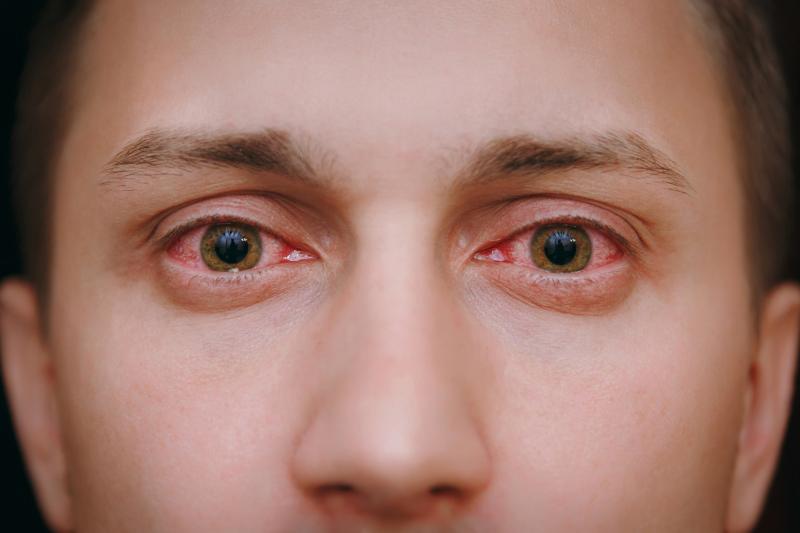
In the treatment of patients with axial spondyloarthritis (axSpA), the dual IL-17A/F inhibitor bimekizumab appears to lower the risk of uveitis, according to a study.
For the study, researchers looked at phase IIb/III trials of bimekizumab for axSpA. They pooled data from the double-blind treatment period of the phase 3 BE MOBILE 1 and BE MOBILE 2 trials, in which bimekizumab 160 mg was compared with placebo in the treatment of nonradiographic and radiographic axSpA, respectively.
Data from patients treated with at least one bimekizumab dose were analysed from the following: the BE MOBILE trials and their ongoing open-label extension (OLE), as well as the phase IIb BE AGILE trial (radiographic axSpA) and its ongoing OLE.
In the BE MOBILE 1 and 2 double-blind treatment period, uveitis occurred with significantly less frequency with bimekizumab than with placebo (0.6 percent vs 4.6 percent; p=0.001). The corresponding exposure-adjusted incidence rates (EAIRs) were 1.8 and 15.4 per 100 patient-years.
Among patients with a history of uveitis, the EAIR of uveitis was likewise lower with bimekizumab than with placebo (6.2 per 100 patient-years, 95 percent confidence interval [CI], 0.2–34.8 vs 70.4 per 100 patient-years, 95 percent CI, 32.2–133.7; p=0.004).
In the pooled phase IIb/III trials (n=848, bimekizumab exposure 2,034.4 patient-years), EAIR remained low at 1.2 per 100 patient-years (95 percent CI, 0.8–1.8).